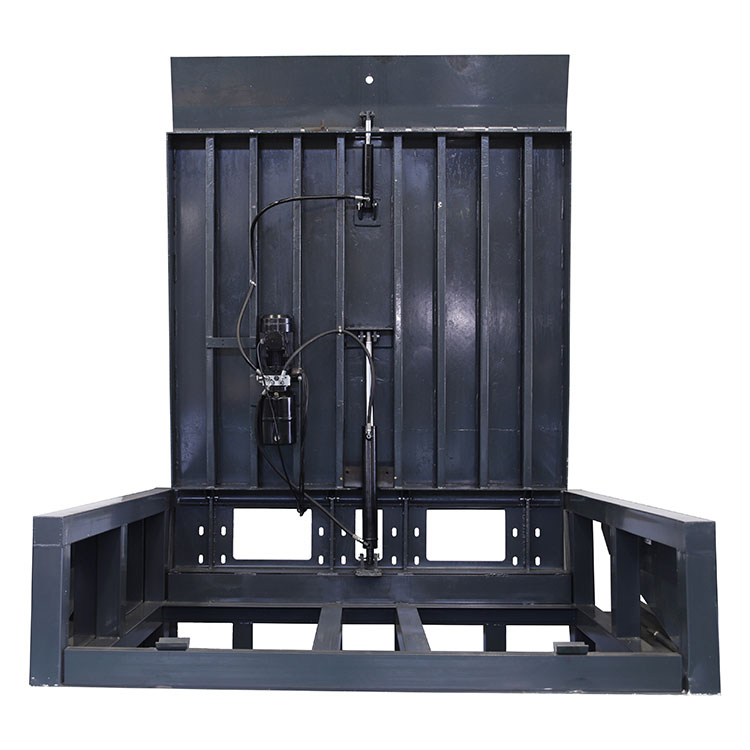Key information about vertical hydraulic dock leveler
2024-03-19
Designing a vertical hydraulic dock leveler involves engineering considerations to ensure it operates safely and efficiently. Here's a guide on how you can create such a system:
1. Requirements Gathering:
- Understand the specific requirements for the vertical hydraulic dock leveler, including load capacity, platform size, vertical travel distance, and operational environment.
2. Structural Design:
- Determine the structural requirements for the dock leveler, considering factors such as the weight of the loads it will support, the forces exerted during loading and unloading, and the vertical travel distance.
- Design a sturdy framework and platform structure capable of withstanding heavy loads and providing stability during operation.
- Incorporate safety features such as guardrails, toe guards, and non-slip surfaces to prevent accidents and injuries.
3. Hydraulic System Design:
- Select hydraulic components such as cylinders, pumps, valves, and hoses suitable for the vertical lifting mechanism.
- Design the hydraulic circuit to provide smooth and controlled movement of the platform, including lifting, lowering, and holding positions.
- Ensure the hydraulic system is properly sized and configured to handle the intended load capacity and operational requirements.
4. Control System Design:
- Design a control system to operate the hydraulic dock leveler safely and efficiently. This may include push-button controls, remote control options, or automated systems.
- Incorporate safety features such as emergency stop buttons, overload protection, and interlocks to prevent accidents and equipment damage.
5. Safety Considerations:
- Conduct a risk assessment to identify potential hazards associated with the operation of the vertical hydraulic dock leveler.
- Implement safety measures such as warning signs, safety barriers, and audible alarms to alert personnel to potential dangers.
- Provide training for operators on the safe use and maintenance of the dock leveler, including proper loading and unloading procedures.
6. Fabrication and Installation:
- Fabricate the structural components, hydraulic system, and control system according to the design specifications.
- Install the vertical hydraulic dock leveler at the loading dock area, ensuring proper alignment and anchoring to the building structure.
- Conduct thorough testing and commissioning to verify the functionality and safety of the dock leveler before putting it into service.
7. Maintenance and Inspection:
- Establish a regular maintenance schedule to inspect and maintain the vertical hydraulic dock leveler, including lubrication, adjustment, and component replacement as needed.
- Perform periodic inspections to identify any signs of wear, damage, or malfunction that could affect the performance or safety of the dock leveler.
By following these steps and considerations, you can design and implement a vertical hydraulic dock leveler that meets the specific requirements of your loading dock facility while ensuring safe and efficient operation.



